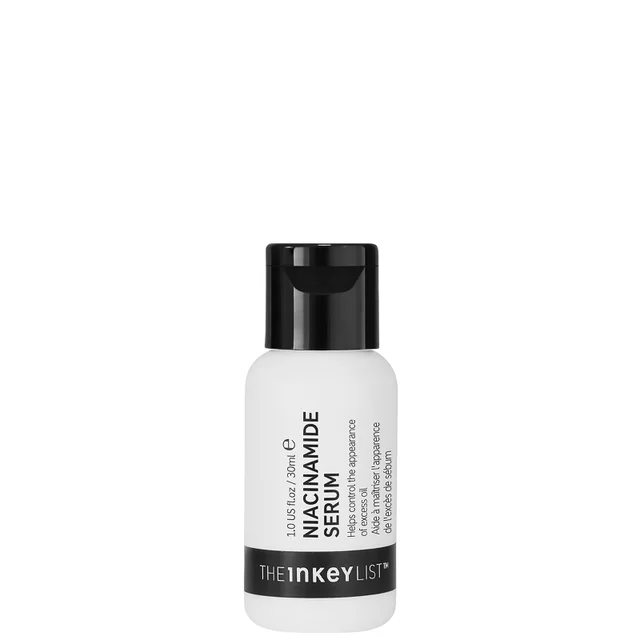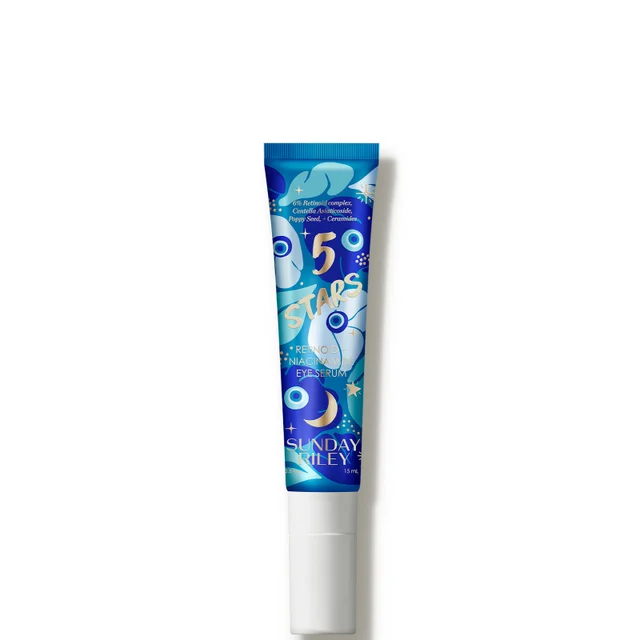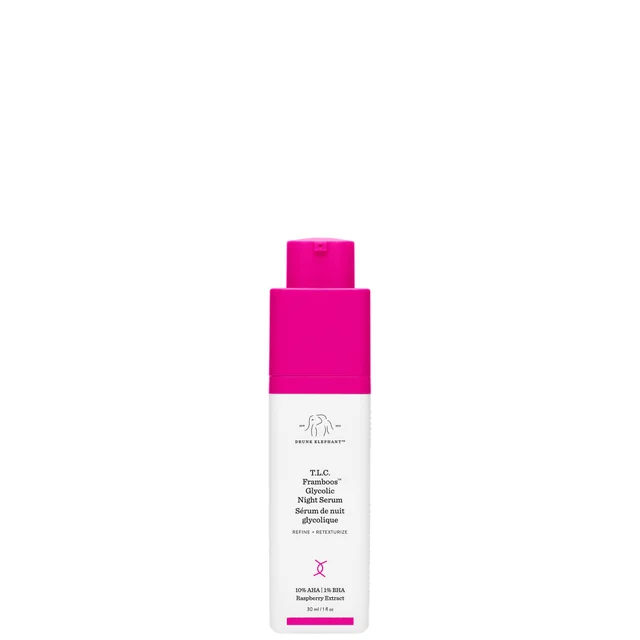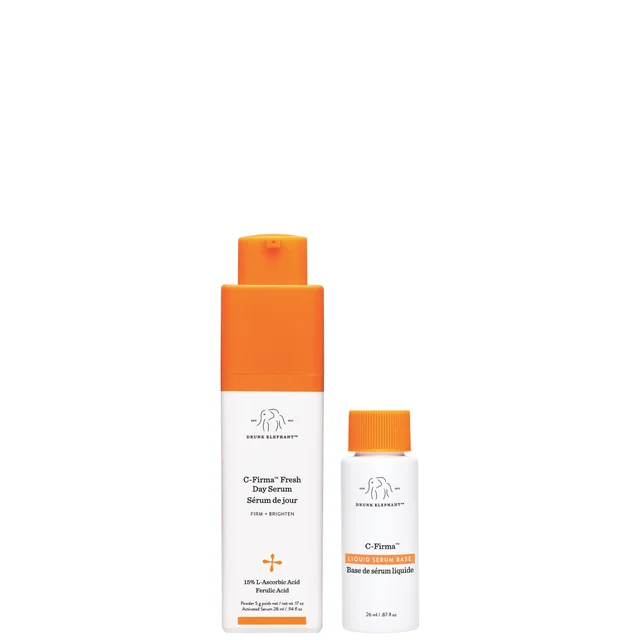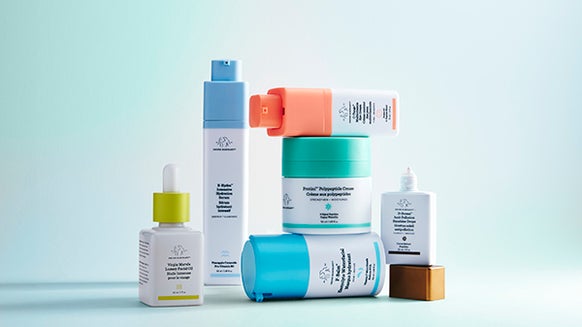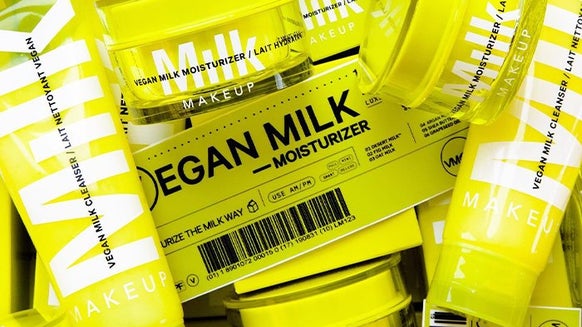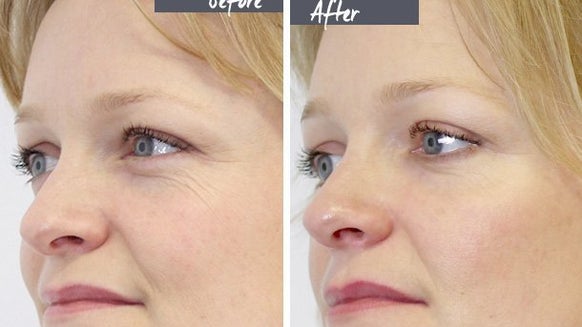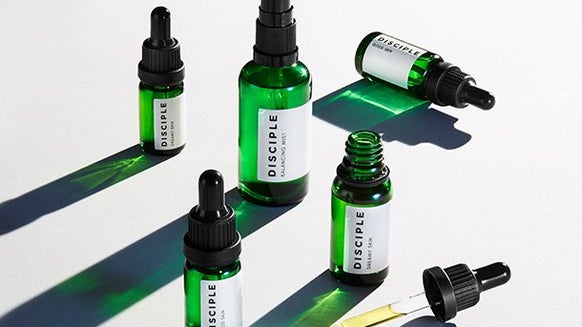Active service: a guide to combining ingredients
Like a seasonal seating plan, certain ingredients – just like your relatives – need to be kept at arm’s length (or else, friction). Knowing which {skin care} products should mix and which {actives} are nemeses isn’t as clear as it should be, so we’re here to help you prevent altercations while ensuring skin cells achieve their potential…
Vitamin C
As well as an excellent antioxidant, {vitamin C} works to regulate melanin – helping to fade pigmentation and unify skin tone. A co-factor of collagen production, it also helps to firm and fortify but, arguably its greatest attribute, it its ability to lift the daily ‘grey’ that comes with every exposure to the elements.
Use in the morning (unless in conjunction with AHAs – these are best-kept for nocturnal activities), and follow with sunscreen for maximum UV-deflecting effect.
Frenemies: niacinamide. Functioning best around skin’s own pH (roughly 5.5), niacinamide tries to coax vitamin C from its comfort zone (pH 3.5) – a struggle that sometimes results in a flush if you’re sensitive.
AHAs
AHAs work by dissolving the glue that holds dead cells together – gently resurfacing skin while reducing its pH to trigger renewal. Mildly irritating, these disrupt the acid mantle which is why it’s recommended that you limit use to night-time – don’t exceed one to two uses a week to keep things ‘ticking over’ without leaving skin feeling overexposed.
Frenemies: retinoids – acids improve penetration of topical treatments so using your retinol after an acid will speed up results but be warned, this shouldn’t be par for the course… To avoid sensitivity, use these on alternate evenings or, stick to just one for a fortnight then switch to the other.
Friends with benefits: vitamin C – usually found as L-ascorbic acid, this can trigger redness when used in conjunction with glycolic, lactic, mandelic etc. so layer at night-time to reap the rewards (without scaring your colleagues)…
Retinol
A bit like a workout for lazy complexions, {retinol} (vitamin A) stimulates regeneration and plays really nicely with vitamin B3 (niacinamide) – a calming and anti-inflammatory agent. This combination negates irritation while bolstering barrier function – great for all those with a petal-esque skin type.
Foes: steer clear of chaos by keeping your vitamin C at a distance. There’s research that advocates using your vitamin C as a ‘force field’ beneath which your retinoid works unencumbered but, most dermatologists recommend using your ‘C’ in the morning and ‘A’ in the evening to counteract conflict.
Niacinamide
A reassuring presence in your daily skin care ritual, {niacinamide} supplements skin’s lipid barrier – strengthening delicate tissue while working to ‘unruffle’ sensitive feathers.
Use niacinamide pre- or post- pretty much any ingredient. Great after cleansing to tone and replenish, this also works well when it’s added to day cream to bolster your skin cells’ defences.
Frenemies: acids – as with vitamin C, they try to adjust vitamin B3’s pH which converts to niacin, leaving you red in the face. If using together, allow 30 minutes between so your skin can acclimatise.

Cult Beauty’s Content Editor and a Cult Beauty OG, Verity loves nothing more than the marriage of language and lip balm. A quintessential Libran, she’s a self-professed magpie for luxury ‘must-haves' and always pursuing the new and the niche — from the boujee-est skin care to cutting-edge tech. Balancing an urge to stop the clock with her desire to embrace the ageing process (and set a positive example for her daughter), Verity's a retinol obsessive and will gladly share her thoughts about the time-defying gadgets, masks and treatments worth the splurge...
